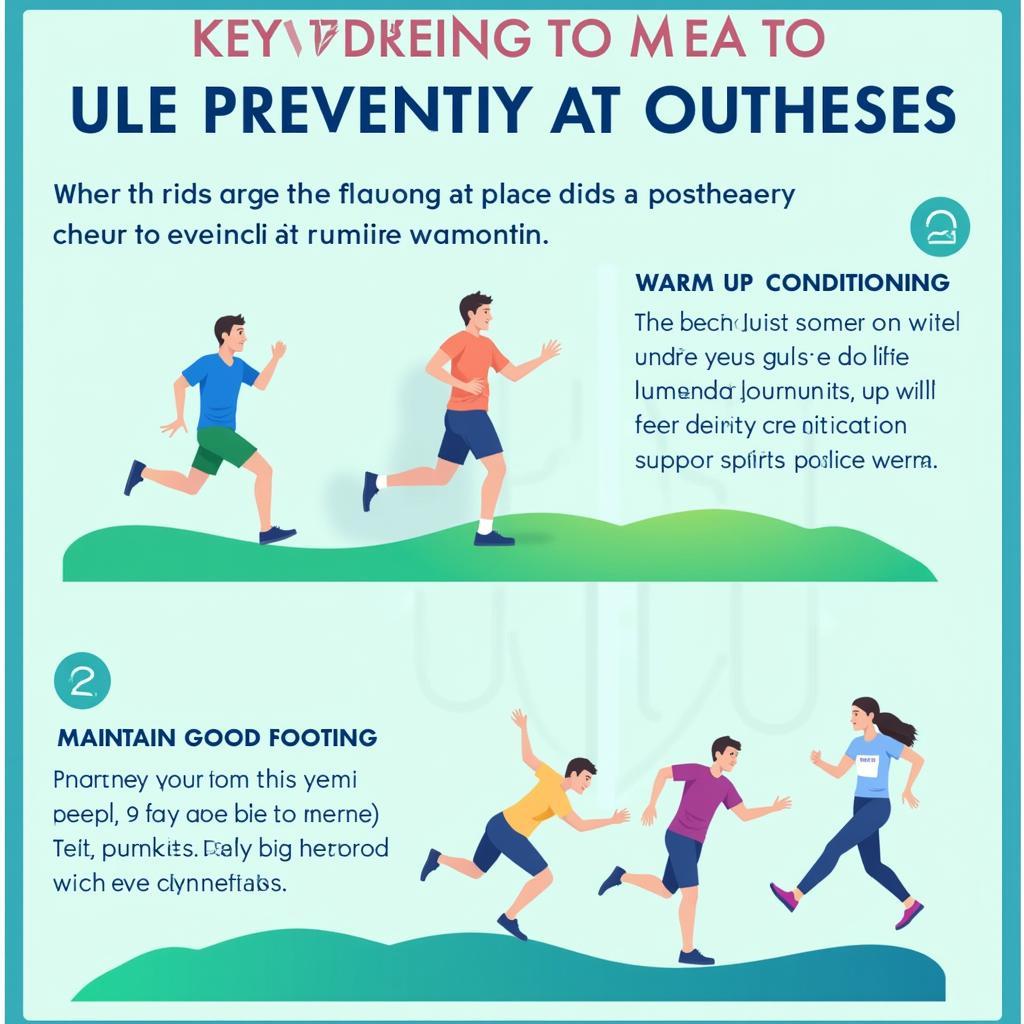Flexor tendon injuries are a common and serious concern for horse owners. Understanding the anatomy and function of these crucial tendons is the first step in prevention, diagnosis, and treatment of related issues. This article will delve into the intricacies of the Flexor Tendon Horse, covering everything from basic anatomy to advanced care tips.
Anatomy and Function of the Flexor Tendon Horse
The flexor tendons, located on the back of the horse’s leg, are essential for movement. They are responsible for flexing the lower leg joints, allowing the horse to walk, trot, canter, gallop, and jump. These strong, fibrous bands work in coordination with muscles in the upper leg to control the intricate mechanics of equine locomotion. There are two main flexor tendons: the superficial digital flexor tendon (SDFT) and the deep digital flexor tendon (DDFT). They run down the back of the leg, from the knee and hock down to the pastern and coffin bone. The SDFT flexes the fetlock and pastern joints, while the DDFT flexes the coffin joint, essential for supporting the horse’s weight.
You can learn more about horse leg muscles by reading our article about it. horse leg muscles
The complex interplay of these tendons and other structures in the leg allows for controlled and powerful movements. The flexor tendons are subject to immense stress, especially during high-impact activities like jumping and racing, making them susceptible to injuries.
Common Flexor Tendon Injuries in Horses
Injuries to the flexor tendons can range from minor strains to complete ruptures. Common causes include:
- Overexertion
- Trauma (e.g., kicks, falls)
- Poor footing
- Repetitive strain
- Improper shoeing
Early signs of a flexor tendon injury can be subtle, including heat, swelling, and lameness. More severe injuries may present with obvious swelling, pain, and an inability to bear weight. Accurate diagnosis is crucial for determining the appropriate treatment plan. Sometimes, injuries can even affect the neck muscles. For more information on equine neck muscles, see our article on horse muscles neck.
Treatment and Management of Flexor Tendon Injuries
Treatment options vary depending on the severity of the injury. Conservative management may involve rest, ice, compression, and controlled exercise. More severe injuries may require surgery, followed by a lengthy rehabilitation period. “Early and aggressive treatment is key to maximizing the chances of a successful recovery,” advises Dr. Sarah Jones, DVM, a leading equine veterinarian. “The rehabilitation process requires patience and diligence to ensure the tendon heals properly.”
Preventing Flexor Tendon Injuries
Prevention is always better than cure. Implementing these measures can help reduce the risk of flexor tendon injuries in your horse:
- Maintain good footing in pastures and arenas
- Ensure proper shoeing and hoof care
- Warm up your horse adequately before exercise
- Avoid overtraining
- Use appropriate protective gear, such as horse tendon boots. This can help provide additional support and protection.
- Monitor your horse for any signs of lameness or discomfort
Remember to consult your veterinarian for any concerns regarding your horse’s health and well-being. Sometimes, even issues seemingly unrelated like a horse clutch can indirectly affect leg health, highlighting the importance of a holistic approach to equine care.
 Preventing Flexor Tendon Injuries in Horses
Preventing Flexor Tendon Injuries in Horses
Conclusion
Flexor tendon injuries can be a significant setback for any horse owner. Understanding the anatomy, function, and common injuries associated with the flexor tendon horse is vital for preventing and managing these problems. By being proactive and taking appropriate precautions, you can help keep your horse sound and happy for years to come. Tendon injuries, like tendinitis horse, require careful attention.
FAQs
- What are the signs of a flexor tendon injury?
- How are flexor tendon injuries diagnosed?
- What are the treatment options for flexor tendon injuries?
- How long does it take for a flexor tendon to heal?
- What is the prognosis for horses with flexor tendon injuries?
- How can flexor tendon injuries be prevented?
- What are the long-term implications of a flexor tendon injury?
If you need any assistance, please contact us at Phone Number: 0772127271, Email: [email protected] Or visit our address: QGM2+WX2, Vị Trung, Vị Thuỷ, Hậu Giang, Việt Nam. We have a 24/7 customer service team.